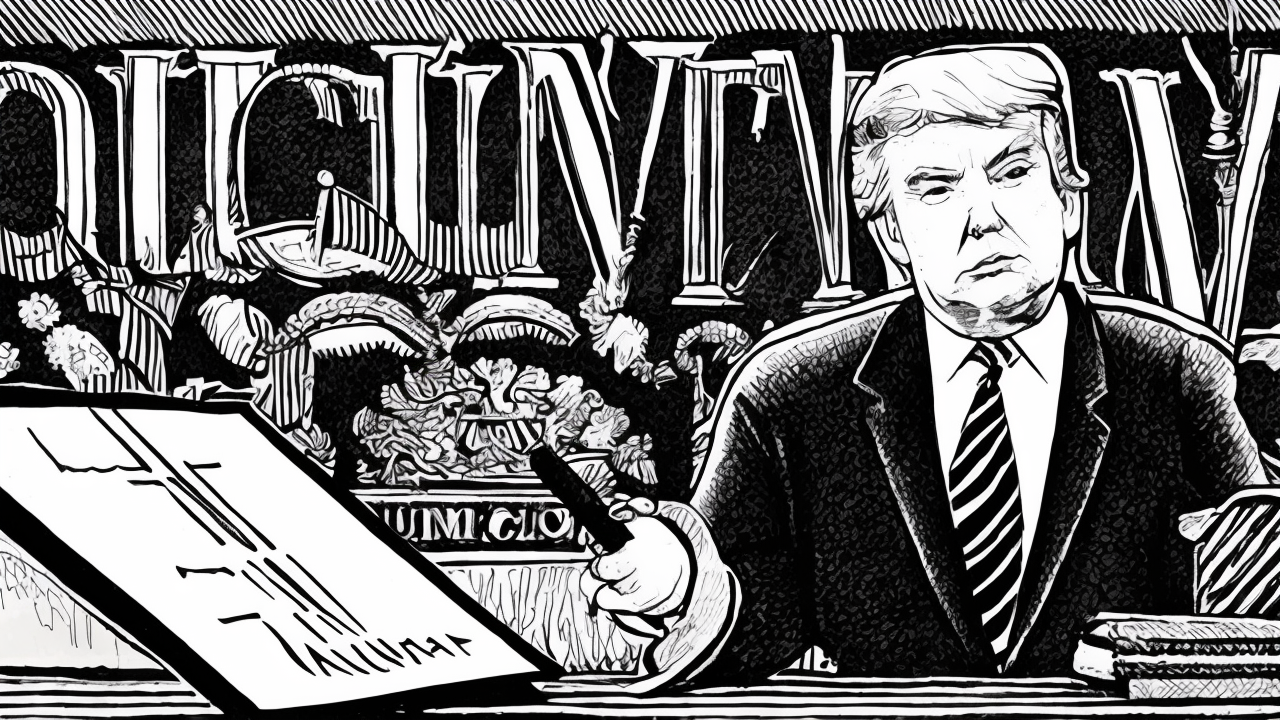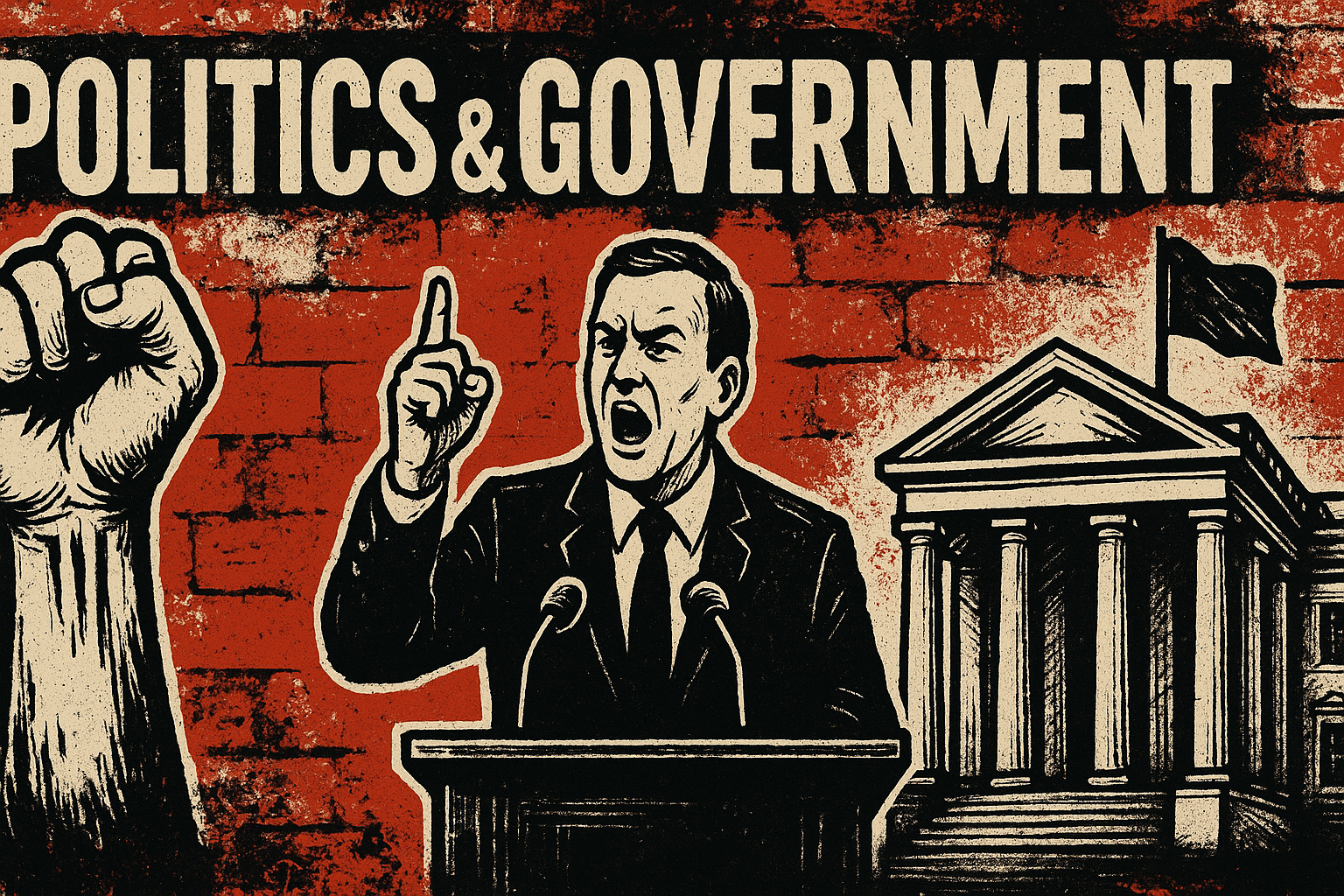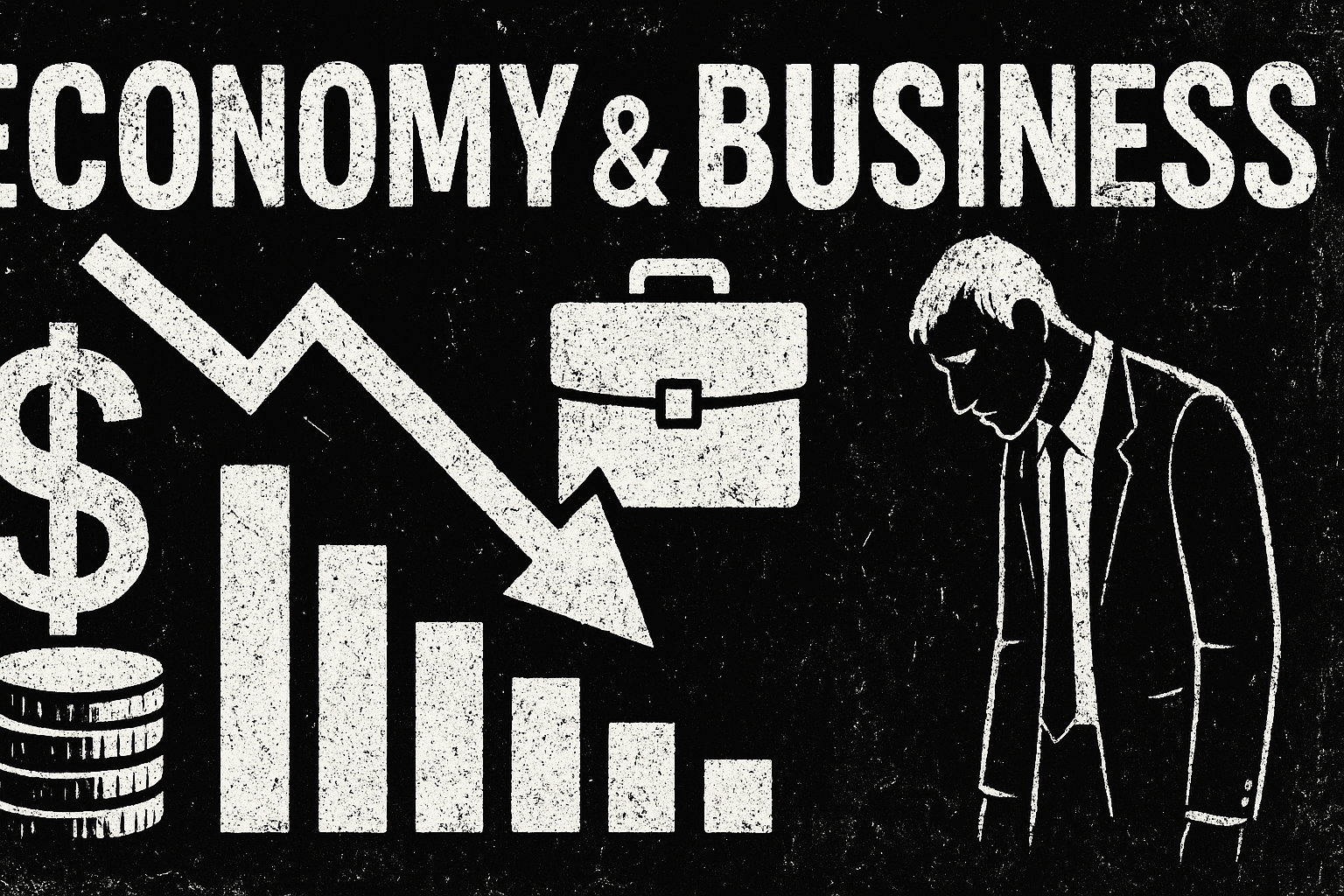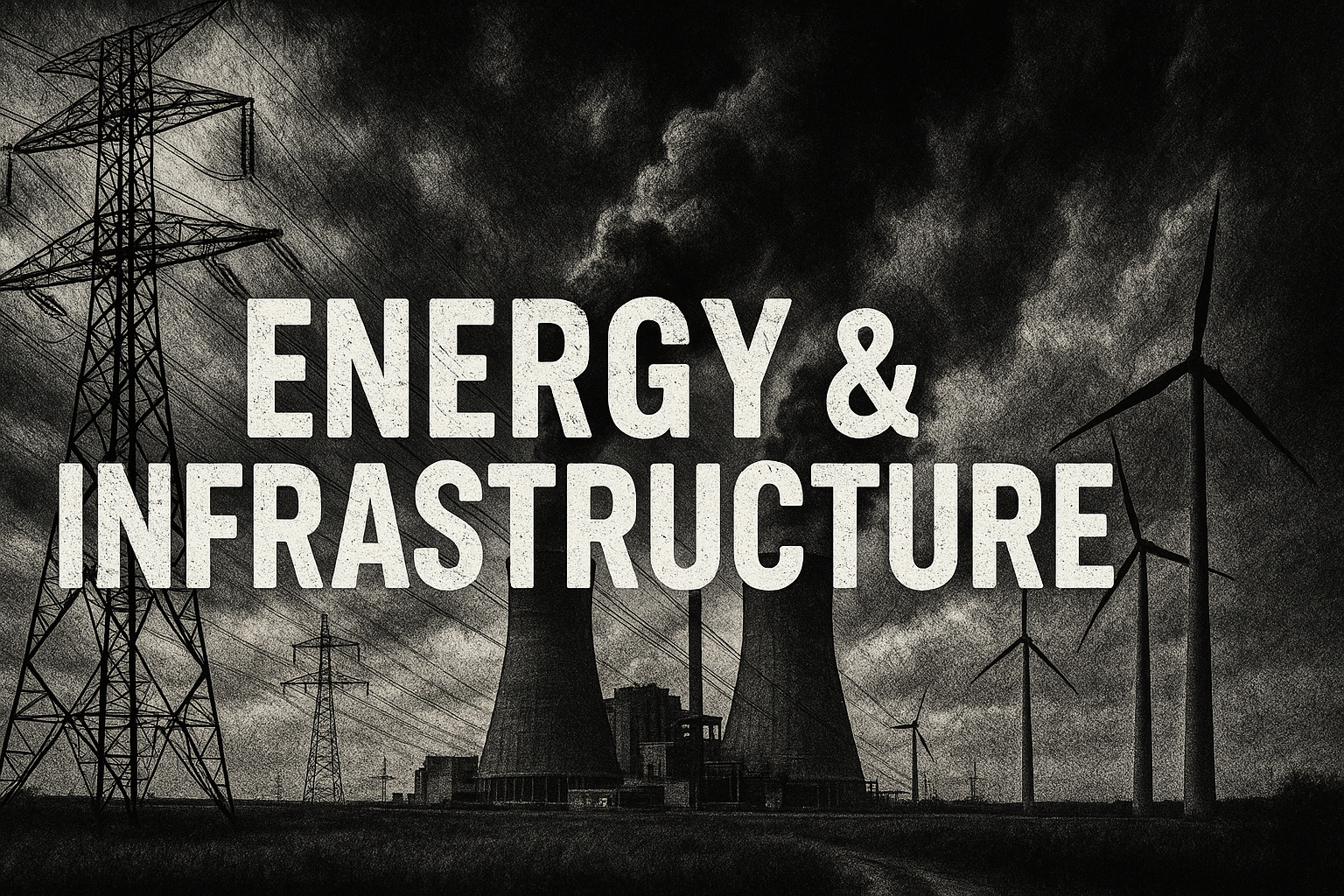Trump Implements 50% Tariffs on Steel and Aluminum to Boost Domestic Production

President Donald Trump’s 50% tariffs on steel and aluminum took effect on June 4, doubling the previous 25% rate. The move aims to strengthen domestic production and address national defense needs. Trump announced the plan during a rally at a U.S. Steel facility in Pittsburgh, emphasizing that foreign companies “can no longer get over the fence.”
Steel stocks surged following the announcement, with Cleveland-Cliffs rising 23% and others jumping 10%. Kevin Dempsey of the American Iron and Steel Institute praised the decision, stating it would counter surging Chinese exports and protect American producers. However, the Aluminum Association expressed caution, arguing tariffs may not boost output or support downstream industries.
International reactions were mixed. Canadian Prime Minister Mark Carney pledged support for cities affected by the tariffs, while European officials criticized the move, warning it would increase costs and disrupt supply chains. The European Union plans to impose countermeasures.
Despite concerns about inflation, experts like Paul Sracic of the Hudson Institute argue tariffs could encourage foreign direct investment and long-term growth. Trump’s administration also approved a $14 billion partnership between U.S. Steel and Nippon Steel, which will invest in modernizing steel production across the U.S.
The tariffs reflect Trump’s broader strategy to reduce reliance on foreign metals and achieve self-sufficiency in metal production.
Published: 6/4/2025
















